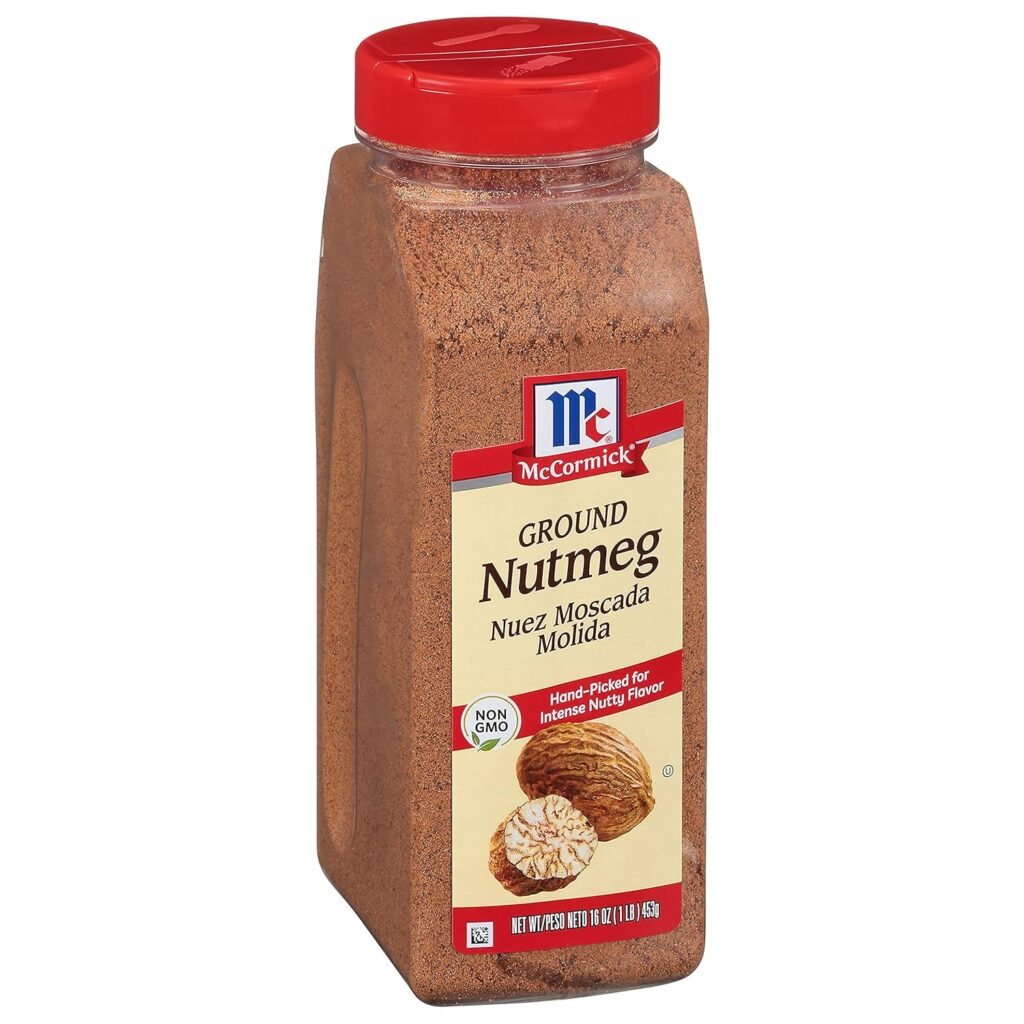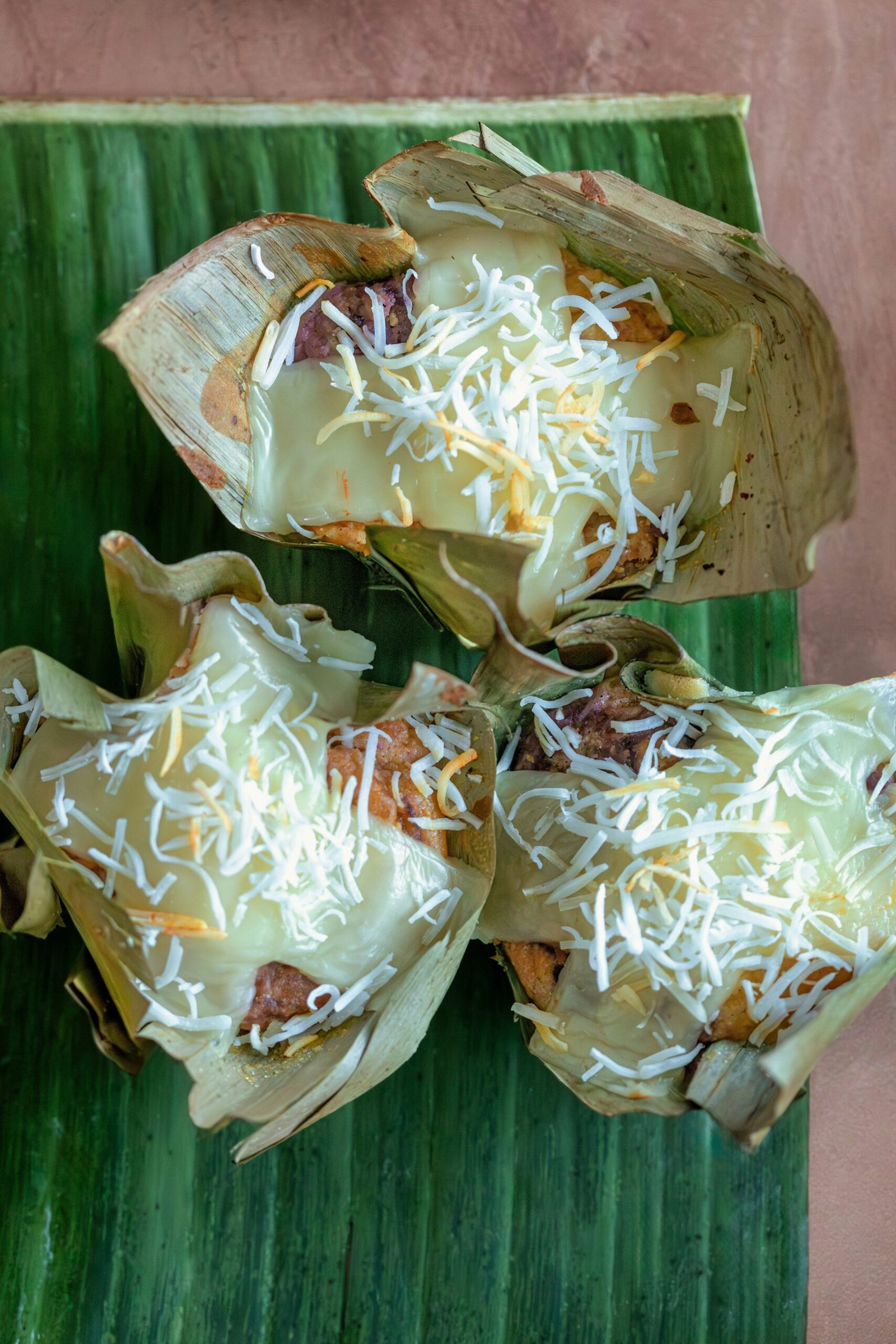The Importance of Healthy Diets
Healthy diets constitute a fundamental aspect of overall well-being and play a critical role in the prevention of non-communicable diseases (NCDs) such as heart disease, obesity, and diabetes. The impact of dietary patterns on health has been extensively researched, indicating a clear correlation between what we consume and our risk of developing these health issues. Unhealthy food habits, characterized by high intake of processed foods, sugars, and unhealthy fats, have emerged as a significant public health challenge. Such practices have contributed to rising obesity rates and other diet-related health issues across global populations.
As the prevalence of NCDs rises, the urgency for implementing effective dietary guidelines increases. The World Health Organization (WHO) and the Food and Agriculture Organization (FAO) emphasize the necessity of adopting strategies that promote healthy eating. These recommendations aim to provide individuals with the knowledge needed to make informed food choices, ultimately leading to improved health outcomes. Implementing a balanced diet rich in fruits, vegetables, whole grains, and lean proteins is vital for reducing the risk of chronic diseases and maintaining a healthy weight.
Additionally, nutrition education plays a crucial role in addressing the current challenges posed by unhealthy dietary habits. Public health initiatives aimed at raising awareness about the significance of healthy diets can help individuals understand the importance of their food choices in preventing health issues. Communities that engage in education regarding balanced diets will likely witness a shift toward healthier eating habits, contributing to the overall reduction of NCD prevalence. In conclusion, fostering a deeper understanding of the impact of food on health is essential, as it empowers individuals and communities to recognize the importance of dietary choices in achieving long-term health benefits.
The Four Key Principles of a Healthy Diet
The Food and Agriculture Organization (FAO) and the World Health Organization (WHO) have established four fundamental principles that serve as guidelines for maintaining a healthy diet: adequacy, balance, moderation, and diversity. Adhering to these principles can significantly enhance one’s overall health and well-being.
Firstly, adequacy refers to ensuring that one’s diet provides all necessary nutrients and sufficient energy. This means consuming a variety of foods that can fulfill dietary requirements. For example, individuals should aim to include fruits, vegetables, whole grains, protein sources, and healthy fats in their meals. A practical tip is to use resources such as dietary guidelines or nutrition apps to monitor and ensure nutrient sufficiency in meals.
The second principle, balance, signifies the importance of proportionately consuming different food groups. Individuals should strive to incorporate an appropriate mix of carbohydrates, proteins, and fats into their daily meals. For instance, a balanced plate could consist of half vegetables, a quarter whole grains, and a quarter lean protein. This balance not only promotes good health but also supports weight management, as it encourages mindful eating habits.
Moderation is the third principle, which emphasizes the need to limit excessive intake of certain food types, particularly those high in sugars, salt, and unhealthy fats. Practical steps for moderation include being mindful of portion sizes and making conscious decisions about food choices. Dining out often presents challenges, but opting for smaller portions or sharing dishes can help reinforce this principle.
Lastly, diversity involves the inclusion of a wide range of foods in one’s daily diet. This principle encourages exposure to different nutrients and flavors, which can make meals more enjoyable and beneficial. Incorporating various fruits, vegetables, and grains can enhance nutrition while also preventing monotony in food choices. By consciously including diverse foods, individuals can significantly impact their long-term dietary habits.
Navigating Definitions of Healthy Eating
The concept of a healthy diet is multifaceted and can vary significantly based on individual perspectives and cultural contexts. Recent discussions by the Food and Agriculture Organization (FAO) and the World Health Organization (WHO) have sought to clarify these definitions, yet they also highlight how nuanced the interpretations can be. As scientific literature evolves, differing opinions often arise, leading to a complicated landscape where what constitutes a healthy eating pattern may seem ambiguous. This lack of consensus can foster confusion among the public, making it difficult for individuals to discern the most appropriate dietary choices for their health.
One of the key challenges in defining a healthy diet lies in the interpretation of nutritional guidelines and recommendations. Various studies present diverging results regarding food types and portions that should be consumed, resulting in mixed messages within both scientific circles and public narratives. For instance, the emphasis on certain food groups, such as whole grains, fruits, vegetables, and proteins, may not uniformly resonate with all demographic groups or individuals based on their unique nutritional needs and lifestyle factors. Consequently, what may be viewed as beneficial in one context might be perceived differently in another.
Moreover, the communication of healthy eating principles often lacks clarity, which can lead to misinterpretation. This makes it crucial for educators and health professionals to focus on disseminating accurate and comprehensive information about dietary patterns. The aim is to empower the public to make informed decisions regarding their food choices, thereby promoting collective health. Enhancing public understanding of healthy eating amidst conflicting views is imperative. By addressing these educational gaps, individuals are better equipped to navigate the complexities of healthy diets, ultimately fostering a society that values informed nutritional decision-making.
Global Efforts and the Future of Dietary Guidelines
In recent years, global initiatives aimed at promoting healthy diets have intensified, driven by the recognition of the importance of nutrition in achieving overall health and well-being. The meetings of significant organizations, such as the Committee on World Food Security and the Convention on Biodiversity held in Colombia, have emphasized the necessity of fostering collaboration among policymakers, stakeholders, and communities to address the myriad challenges surrounding food and nutrition security.
These gatherings serve as platforms to deliberate on the implementation of dietary guidelines that are not only accessible but also culturally relevant to diverse populations worldwide. Policymakers play a crucial role in establishing strategies that encourage healthy eating habits and ensure the availability of nutritious food options. Through these policies, there is a concerted effort to mitigate issues such as malnutrition, obesity, and diet-related diseases, creating an environment where nutritious food is prioritized.
Moreover, community engagement is vital in promoting healthy diets. Local groups and organizations are pivotal in disseminating information and resources that educate the public on the benefits of balanced nutrition. These initiatives aim to dismantle barriers that prevent individuals from accessing healthy food, particularly in underserved areas. By fostering a collaborative approach that includes all stakeholders—governments, non-profits, and the private sector—there is a greater chance of establishing sustainable food systems that promote long-term health benefits.
Looking forward, it is imperative that future efforts focus on integrating sustainability with health-promoting food choices. Innovations in food production, distribution, and consumption practices will be essential to ensure food security while also protecting the environment. By addressing these interconnected issues, we can move toward a future where healthy diets are accessible to everyone, regardless of geographical or socioeconomic barriers.







